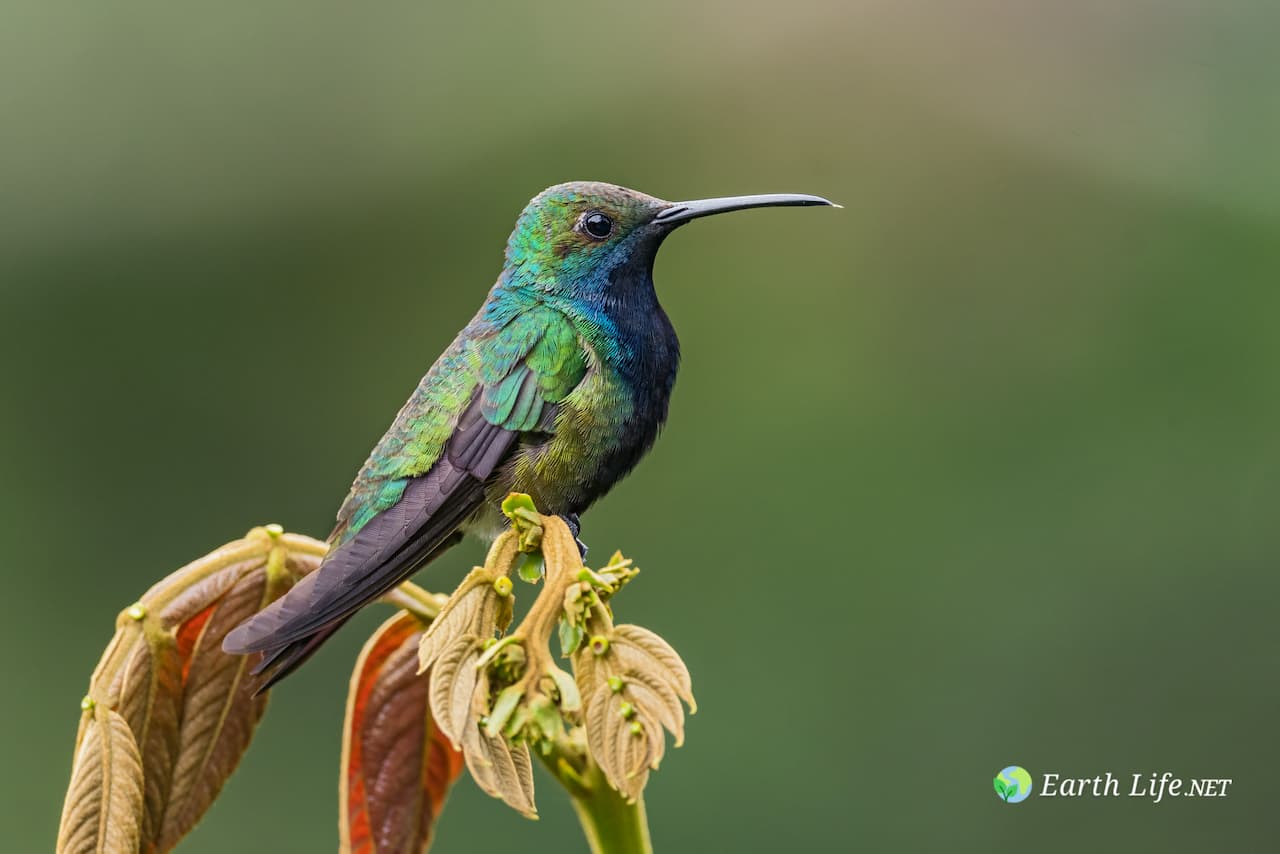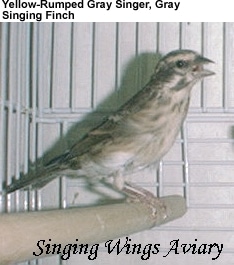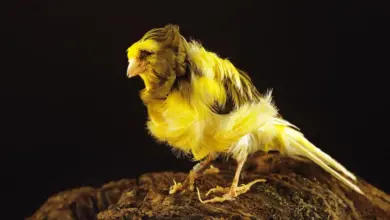Black-throated Mangos Hummingbirds
The Black-throated Mango (Anthracothorax nigricollis) is mostly a South American hummingbird species, although it also occurs in the southern regions of Central America.

Distribution / Habitat
It occurs naturally in central and eastern Panama (from the Panama Canal going east). In South America, it is found in Colombia, east to Venezuela, the islands of Tobago and Trinidad, the Guianas, south to southern Brazil, northeastern and northeastern and central Bolivia, and Paraguay to northeastern Argentina.
They inhabit secondary and gallery forests and are common along tropical lowland evergreen forest edges (up to 3,300 feet or 1,000 m). They also inhabit open country, gardens, and cultivated areas.
Some populations are residents, while others are seasonal migrants traveling up to 1,000 miles (1,600 km), although their movements are not well understood.
Description
The Black-throated Mangos average 4 inches (10.2 cm) in length (including tail) and weigh about 0.3 oz (7.2g). The longish black bill is slightly down-curved. The central feathers are dark and the outer tail feathers are wine-red tipped with black.
The adult male has a glossy bright green upper plumage. His throat and chest are black, bordered with blue-green. The sides are green. The black of the chest tapers onto the abdomen.
The adult female has a bronze-green upper plumage. She is white below with a black central stripe.
Juveniles have some grey or buff feather tips on the head and wings. They are brownish around the eyes.
Similar Species: The Black-throated Mango is similar to the Green-breasted Mango; except the male Black-throated Mango has more extensive black on the underplumage. The females of the two species look very much alike, except the Black-throated Mango female lacks the extensively coppery upper plumage of the Green-breasted Mango female.
Diet / Feeding
The Black-throated Mango Hummingbirds primarily feed on nectar taken from a variety of brightly colored, scented small flowers of large trees, shrubs, and epiphytes. They favor flowers with the highest sugar content (often red-colored and tubular-shaped) and seek out, and aggressively protect, those areas containing flowers with high-energy nectar.
They particularly like Erythrina speciosa, Stifftia chrysantha, and the Fountain Tree (Spathodea campanulata).
They use their long, extendible, straw-like tongues to retrieve the nectar while hovering with their tails cocked upward as they are licking at the nectar up to 13 times per second. Sometimes they may be seen hanging on the flower while feeding.
Many native and cultivated plants on whose flowers these birds feed heavily rely on them for pollination. The mostly tubular-shaped flowers exclude most bees and butterflies from feeding on them and, subsequently, from pollinating the plants.
They may visit local hummingbird feeders for some sugar water, or drink out of bird baths or water fountains where they will either hover and sip water as it runs over the edge; or they will perch on the edge and drink – like all the other birds; however, they only remain still for a short moment.
They also take some small spiders and insects – important sources of protein particularly needed during the breeding season to ensure the proper development of their young. Insects are often caught in flight (hawking); snatched off leaves or branches, or taken from spider webs. A nesting female can capture up to 2,000 insects a day.
Males establish feeding territories, where they aggressively chase away other males as well as large insects – such as bumblebees and hawk moths – that want to feed in their territory. They use aerial flights and intimidating displays to defend their territories.
Hummingbird Resources
- Hummingbird Information
- Hummingbird Amazing Facts
- Attracting Hummingbirds to Your Garden
- Hummingbird Species
- Feeding Hummingbirds
Nesting / Breeding
The Black-throated Mango breeds throughout the year in most of its natural range.
Hummingbirds in general are solitary and neither live nor migrate in flocks; and there is no pair bond for this species – the male’s only involvement in the reproductive process is the actual mating with the female.
Males court females by flying in a U-shaped pattern in front of them. He will separate from the female immediately after copulation. One male may mate with several females. In all likelihood, the female will also mate with several males. The males do not participate in choosing the nest location, building the nest, or raising the chicks.
The female Black-throated Mango is responsible for building the cup-shaped nest out of plant fibers woven together and green moss on the outside for camouflage in a protected location in a shrub, bush, or tree. The nest is typically 1.4 – 1.6 inches (35–40 mm) wide, 1 – 1.2 inches (25–30 mm) tall on the outside 1 inch (~ 25 mm) wide, and (0.4 – 0.6 inches (10–15 mm) deep inside.
She lines the nest with soft plant fibers, animal hair, and feathers down, and strengthens the structure with spider webbing and other sticky material, giving it an elastic quality to allow it to stretch to double its size as the chicks grow and need more room. The nest is typically found on a bare, low, thin horizontal branch.
Their nests have been observed on trees that were beset with Pseudomyrmex stinging ants (i.e. in the Cuyabeno Faunistic Reserve in Ecuador). It is possible that these hummingbirds deliberately select such trees for nesting to deter predators.
The average clutch consists of two tiny white eggs (measuring 15 x 9.5 mm), which she incubates alone for about 16 to 17 days, while the male defends his territory and the flowers he feeds on.
The young are born blind, immobile, and without any down.
The female alone protects and feeds the chicks with regurgitated food (mostly partially digested insects since nectar is an insufficient source of protein for the growing chicks). The female pushes the food down the chicks’ throats with her long bill directly into their stomachs.
As is the case with other hummingbird species, the chicks are brooded only the first week or two and are left alone even on cooler nights after about 12 days – probably due to the small nest size.
The chicks leave the nest when they are about 24 days old.
Calls / Vocalizations / Sounds
The call of the Black-throated Mango is described as a high-pitched strike, and its song is a buzzing hsl-hsl-hsl-hsl-hsl-hsl-hsl.
Please Note: The articles or images on this page are the sole property of the authors or photographers. Please contact them directly with respect to any copyright or licensing questions. Thank you.




